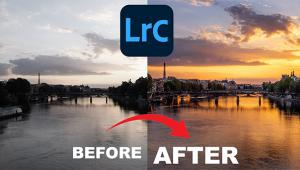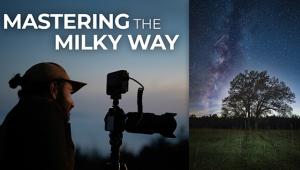Tips for Tricky Exposure Situations
All Photos by Mike Stensvold
Proper exposure is important. Color-print film has a lot of "latitude," and digital images can be manipulated extensively, but a properly exposed image will always look better than a "corrected" poorly exposed one.
What is "proper" exposure, anyway? Well, it's the exposure that gives you the result you want in your photo. With some subjects (sunsets and night scenes, for example), proper exposure is quite subjective: what one viewer deems perfect exposure, another will find too light or too dark. The idea is to come up with a method of exposing that will give you what you want in your photos on a consistent basis.
Digital cameras, of course, provide you with a big advantage: You can check the exposure before shooting (with consumer digicams) or immediately after (with digital SLRs), merely by glancing at the camera's LCD monitor. At first, you'll have to determine how well what you see on the camera's LCD monitor matches what you see on your computer monitor after you download the images, and adjust accordingly if there's a difference, but this exposure-checking ability is a tremendous boon.
Exposure Tips
1 Test your metering system
2 Understand how reflected- light meters work
3 Remember the basic daylight exposure
4 When in doubt, bracket
1 Test Your System
Probably the best way to learn how to expose scenes correctly with your camera (or hand-held meter) is take a roll or two of color slide film (because slide film has less tolerance for exposure errors than print film, and there's no printing step to alter the results), and shoot subjects you'd normally shoot. Shoot each scene at the metered exposure, then shoot additional frames giving more and less exposure. When you get the film back from the lab, examine the results and decide which exposure produced what you wanted in each situation. Then you'll know how to expose that situation next time you encounter it. You might be surprised to find that the multi-segment metering systems built into most of today's AF 35mm and digital SLRs provide accurate exposures in a wide range of exposure situations.


- Log in or register to post comments
















































